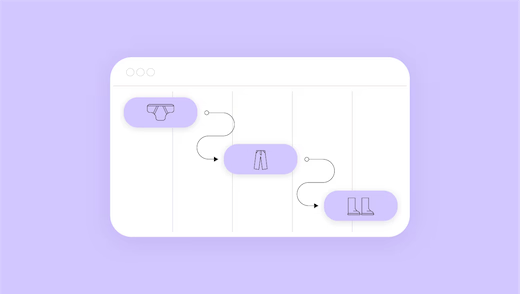What are Dependencies in Project Management?
In project management, dependencies describe the logical relationships between tasks — meaning one task relies on the start or completion of another before it can move forward. Recognizing and managing dependencies is critical because they directly impact scheduling, resource allocation, and overall project flow.
There are four main types of dependencies:
- Finish-to-Start (FS) – The most common type. Task B can’t start until Task A finishes. (e.g., You can’t launch a campaign until the design is completed.)
- Start-to-Start (SS) – Task B can start only when Task A starts. (e.g., Testing can begin once development starts, though both may run in parallel.)
- Finish-to-Finish (FF) – Task B can finish only when Task A finishes. (e.g., Editing ends when writing is completed.)
- Start-to-Finish (SF) – The rarest type. Task B must finish before Task A can start. (e.g., An old system must remain active until the new system goes live.)
Dependencies can also be internal (within the project team) or external (outside the team, such as waiting for client feedback or supplier delivery).
Poorly managed dependencies often lead to bottlenecks, delays, or scope creep. That’s why project managers use tools like Gantt charts, dependency mapping, or project management software to visualize and track them.
